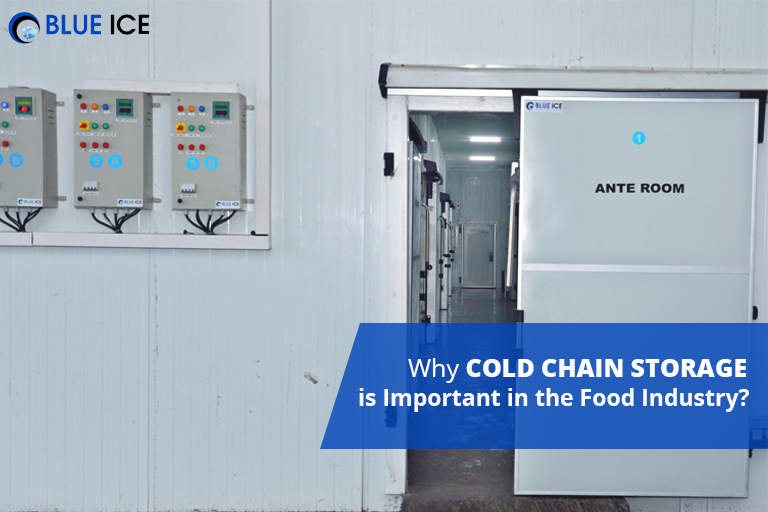
Why Cold Chain Storage is Important in the Food Industry?
Cold Chain Storage: Why is it Important in the Food Industry?
Cold chain transportation and storage are critical to the food industry. In fact, they can be the difference between a product selling well or going to waste.
There are many reasons why food products need to be stored at specific temperatures during transportation and storage. For example, meat products must be kept below freezing during transportation because they spoil easily when they get too warm. On the other hand, food transported over long distances needs to be held at refrigerated temperatures to prevent spoilage and the growth of bacteria such as Listeria monocytogenes (LM).
Humans have been using cold storage for thousands of years, even before refrigeration was invented! Ancient civilizations used ice houses built out of natural caves or dug into hillsides filled with snow during winter when there were no cold storage manufacturers. These structures were used for both food preservation and refrigeration purposes.
What is Cold Chain Management?
Cold Chain Management is a process used in the food industry to ensure that products are kept at the right temperature during transportation and distribution. Cold chain management is a crucial part of any food business, as it affects things like product quality, shelf life, and food safety.
The cold chain can be divided into three parts:
1. Production – The cold chain starts at the point of production and ends at the point of sale. This is where companies produce their goods and decide which cooling method to use to preserve them
2. Distribution – Once goods are produced, they must be transported to their destination. If goods cannot reach their destination at the right temperature, then there will be a loss in quality, shelf life, and even food safety issues such as microbial growth or spoilage.
3. Storage – Goods must be adequately stored after arrival so that they stay fresh for more extended periods of time before being sold to consumers or used by other businesses within the supply chain (such as restaurants).
What is the ideal temperature of the cold room storage?
Cold rooms, also known as walk-in freezers, are used to preserve food and other products. They are commonly found in restaurants, cafes, and supermarkets and have an essential role in food safety.
The cold room temperature must be maintained at a constant range of temperatures to ensure that the product does not spoil or become contaminated. The ideal temperature for a cold room depends on the type of product being stored and can vary from 0°F (-18°C) to 32°F (0°C).
It is essential to maintain the correct temperature to keep your food safe. If you fail to do so, there is a risk that people could get sick.
For example, if you store meat at too high a temperature, it can become contaminated with bacteria such as salmonella, which may cause food poisoning.
Cold chain allows you to have a high level of control over your products. It enables you to maintain high quality.
Whether you're running a large-scale business or just prefer to eat fresh food in season, it's crucial to understand how cold chain storage can help your food stay safe between harvesting and delivery. In addition, understanding the importance of cold chain storage will help you make better-informed decisions about how you choose to consume your foods, which will, in turn, help preserve our world for future generations.
Overall, cold chain storage plays a vital role in protecting the world's food supply by guaranteeing it stays fresh and safe for consumers. In addition, by regulating the temperature, humidity, and more, food companies can ensure that their products will be in good shape when they reach their destination.
Frequently Asked Questions:
Q1. What are the advantages of refrigeration in food preservation?
A. Refrigeration helps in preserving fruits and vegetables by storing at low temperatures to slow down decay and natural metabolic processes.
Q2. What is cold chain management in the food industry?
A. The product is maintained at suitable temperature conditions all the way from harvesting, through the cooling or freezing process to the point of sale.
Q3. What are the elements of a cold chain?
A. The cold chain has three main components: transport and storage equipment, trained personnel, and efficient management procedures.
